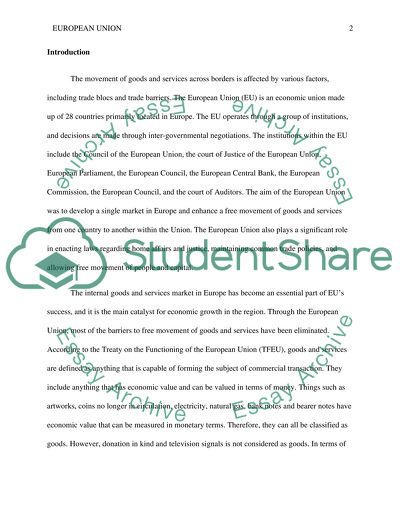Cite this document
(Movement of Goods and Services across Borders Coursework, n.d.)
Movement of Goods and Services across Borders Coursework. Retrieved from https://studentshare.org/law/1685731-movement-of-goods-and-services-across-borders-trade-blocks-within-europe
Movement of Goods and Services across Borders Coursework. Retrieved from https://studentshare.org/law/1685731-movement-of-goods-and-services-across-borders-trade-blocks-within-europe
(Movement of Goods and Services across Borders Coursework)
Movement of Goods and Services across Borders Coursework. https://studentshare.org/law/1685731-movement-of-goods-and-services-across-borders-trade-blocks-within-europe.
Movement of Goods and Services across Borders Coursework. https://studentshare.org/law/1685731-movement-of-goods-and-services-across-borders-trade-blocks-within-europe.
“Movement of Goods and Services across Borders Coursework”, n.d. https://studentshare.org/law/1685731-movement-of-goods-and-services-across-borders-trade-blocks-within-europe.


